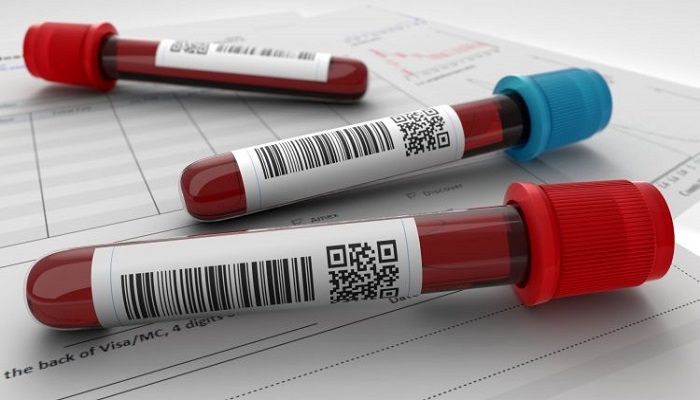Diagnosis of Fibromyalgia,There is no known cure for fibromyalgia syndrome, which is a long-term, chronic illness. In addition to causing widespread discomfort, exhaustion, headaches, irritable bowel syndrome, and a host of other incapacitating symptoms that make life difficult for patients, the disorder also affects muscles, tendons, and ligaments.
Extreme pain sensitivity is also present. Currently, this illness affects about 10 million people. Although women are diagnosed with this condition nine times out of ten, men can also be affected.
What gives fibromyalgia its name as a “syndrome”?
Because the ailment is characterised by a group of symptoms rather than just one, it is called a syndrome.
Aside from pain and weariness, the symptoms differ from person to person and include difficulty falling asleep, waking up stiff and exhausted, and cognitive problems like dizziness, clumsiness, and lack of focus.
Patients are often sensitive to noise, strong lights, weather changes, etc. These symptoms come and go over time and vary in intensity.
times of minor symptoms are interspersed by times of flare-ups. It is improbable, nevertheless, that they will ever completely vanish. Fibromyalgia does not, however, shorten life expectancy or pose a threat to life.
Diagnosed with fibromyalgia
Many individuals experience fear and unhappiness when they receive a fibromyalgia diagnosis. Patients with fibromyalgia are more likely to experience anxiety problems and depression because of their chronic pain and weakness.
However, a combination of techniques such as comfort, warmth, rest, exercise, and stress reduction can enhance quality of life and enable a fibromyalgia patient to continue leading a productive life.
Some individuals have also reported benefit from alternative therapy including biofeedback and acupuncture.
After receiving a diagnosis, it’s critical that the patient be given the opportunity and support to transition from leading an active and healthy life to one that appears healthy but is actually suffering from a crippling illness. This is because the majority of fibromyalgia symptoms are felt by the patient and do not manifest physically.
The client and their family should be able to comprehend that their life has been profoundly and permanently charged throughout this seamless shift.
Important actions to deal with a diagnosis
The following are some essential actions to deal with a diagnosis:
- The patient should be assisted in realising that fibromyalgia must be accommodated in their lives.
- The patient is prepared by knowing what exacerbates the illness and how to prevent it. This covers environmental changes and stress.
- The patient should be informed that the muscular system is the one most impacted. Therefore, the keys to reducing muscle problems are stretching, workouts, and aerobics programs.
- Helping the patient accept and cope with the fact that fibromyalgia changes relationships is crucial. The more quickly a person adapts to this reality, the less likely it is that they would experience anxiety or sadness as a result of it. Friends and family members need to be aware of the needs of a patient with fibromyalgia.



